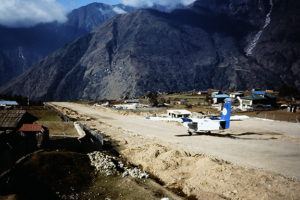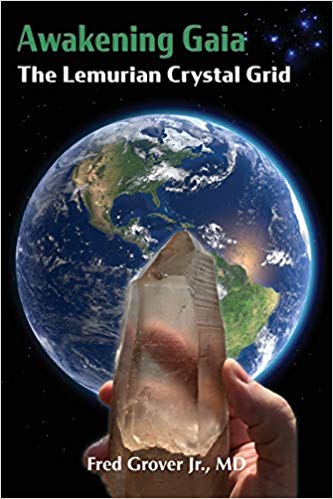This is the second book by Dr. Fred Grover Jr. – just published. I was thrilled to edit it, as I did the first book. From the publisher:
Fred takes you on a journey of planetary shamanism as he taps into higher-dimensional insights and flows with magical synchronicities to place Lemurian crystals and sacred geometric forms around the world. His ultimate goal is to counter the darkness in our world by reactivating, reconnecting and radiating ancient healing energies and grids of the Incas, Mayas, Native Americans, Polynesians and more. He invites you to experience this growing field of energy, and encourages everyone to spread their own light and love to Gaia and its inhabitants, promoting a sustainable, healthy future for all.
This is Fred’s website, where you can read about his first book, Spiritual Genomics:

After several years of work, Dr. Grover’s book of holistic medicine is finally finished, published, and selling well. It’s Spiritual Genomics: A physician’s deep dive beyond modern medicine, discovering unique keys to optimizing DNA health, longevity, and happiness!
Dr. Grover is known in Denver for his “mind spa,” which represents his own bridge-making with the world of traditional medicine, including through his shamanic experiences. Click here and scroll down to the video clips to see his medical practice at work. He calls himself something of a “renegade” in the primary care and anti-aging field, thinking out of the box, embracing mindfulness. In Spiritual Genomics, he shares some of his wide travels, as well as the latest research and breakthroughs in medicine, including even plant medicine. I enjoyed this book tremendously while watching it come into form, being thrilled to do the editing work this past three years. Below he graciously expresses thanks:
So much gratitude goes out to my editor, Margaret A. Harrell, who helped me maintain momentum and provided amazing editorial assistance throughout this long journey.
The book is so multifaceted that any excerpt is extremely limited. But I’ll give just a couple of paragraphs – that are sidelights to the main focus of how lifestyle expresses our genome: how it “turns on” and “turns off” genes:

On a volunteer medical trip to Nepal in 2000, I inaugurated the venture with a climb to the top of Mount Kala Patthar. My father and a few others from our team joined in. On a fall morning we made the dangerous flight from Kathmandu, landing nearly 9,500 feet above sea level on the very short runway at Lukla dubbed “the most dangerous airport in the world.” Sir Edmund Hillary, the first to summit Everest, had this small strip built for a supplies shipment prior to summiting Everest with his Sherpa guide, Tenzing Norgay, in 1953. With the runway just under five hundred yards long, carved into the side of a mountain, a small miscalculation can mean smacking into the cliff at the end of the runway. The damaged planes off the side of the runway attest to this!
After a white-knuckled landing and some deep breaths we hired two hardy, elite Sherpas—Pemba and Perba—to assist in carrying our packs and guiding us to the summit. The Sherpas are ethnic Tibetans, many of whom migrated to Nepal when the Chinese took over Tibet in 1950. Our goal was to escape fast-approaching pressures and get a close-up, panoramic view of Everest, the mountain with the highest altitude in the world (29,035 feet above sea level), prior to setting up our large health camp in north-central Nepal in the dusty village of Barabise.
The Mount Kala Patthar trek is a sixty-miles round trip with frequent ups and downs in elevation, wild suspension-bridge crossings, and—to avoid being knocked off the trail—special attention given to passing yaks, goats, and large-load-carrying Sherpas. The summit, at 18,514 feet, has the best panoramic views of Everest, the nearby peaks, Khumbu Glacier, and the base camp below, reached via a safer, easier route. Did I contemplate climbing Everest? Yes, but after seeing the oversized egos of folks that had climbed it and trashed it, I decided I didn’t want to become one of them. Besides, why spend over forty grand to have a 10 percent chance of dying from the Khumbu Glacier falling on me, or the numerous other potential risks such as losing brain cells from hypoxia. I need those to take me to ninety, at least!
